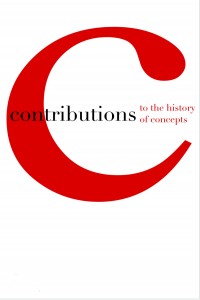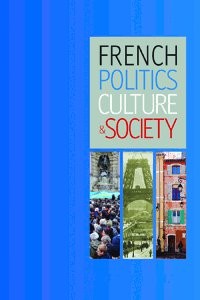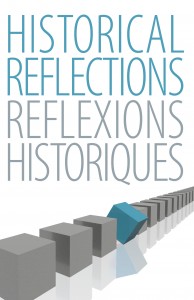Victory Day celebrated through Europe on 8 May 1945 to mark the formal acceptance by the Allies of World War II of Nazi Germany’s unconditional surrender of its armed forces marketing the end of World War II in Europe. Victory Day in Russia, as well as some former Soviet Union republics, is celebrated on May 9 as Germany’s surrender was signed late in the evening on May 8, 1945 when it was already May 9 in Russia. For most European nations, and especially for the Russian people, that war had a profound impact on national memory and its trauma is still very much alive.
In recognition of the day Berghahn is pleased to offer a selection of our WWII History books and relevant Berghahn Journals special issues (access to journals until May 16).
Please note that this year Berghahn Books turns 25 and to mark this important milestone, we are offering 25% off all print and eBooks throughout the site. For print titles, please add the coupon code BB25. For eBooks, the discount is automatic.
________________________________________________________________________
 In Paperback
In Paperback
EXPERIENCE AND MEMORY
The Second World War in Europe
Edited by Jörg Echternkamp and Stefan Martens
Volume 7, Contemporary European History
CHOICE OUTSTANDING ACADEMIC BOOK OF THE YEAR 2011
“This stimulating, wide-ranging collection deftly combines national and European perspectives, which makes it especially valuable for the study of the post-Cold War era and the new Europe. Historians of memory in particular will find it useful, but so will others interested more generally in postwar European history. Highly recommended.” · Choice
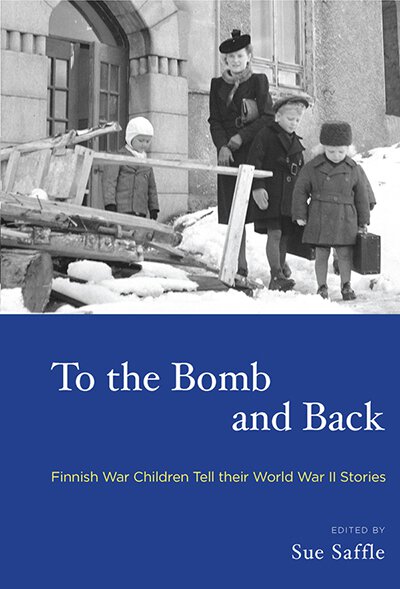 Forthcoming in Paperback! December 2019
Forthcoming in Paperback! December 2019
TO THE BOMB AND BACK
Finnish War Children Tell Their World War II Stories
Edited by Sue Saffle
Foreword by Kai Rosnell
Between 1939 and 1945 some 80,000 Finnish children were sent to Sweden, Denmark, and elsewhere, ostensibly to protect them from danger while their nation’s soldiers fought superior Soviet and German forces. This is the first English-language account of Finland’s war children and their experiences, told through the survivors’ own words.
Read Introduction
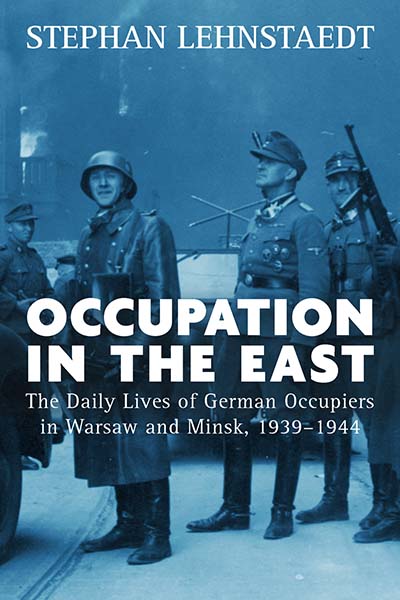 Forthcoming in Paperback! June 2019
Forthcoming in Paperback! June 2019
OCCUPATION IN THE EAST
The Daily Lives of German Occupiers in Warsaw and Minsk, 1939-1944
Stephan Lehnstaedt
“Lehnstaedt’s powerful work should inspire additional research… Highly Recommended.” • Choice
In this exhaustive study, Stephan Lehnstaedt provides a nuanced, eye-opening portrait of the lives of these men and women, who constituted a surprisingly diverse population—including everyone from SS officers to civil servants, as well as ethnically German city residents—united in its self-conception as a “master race.”
Read Introduction
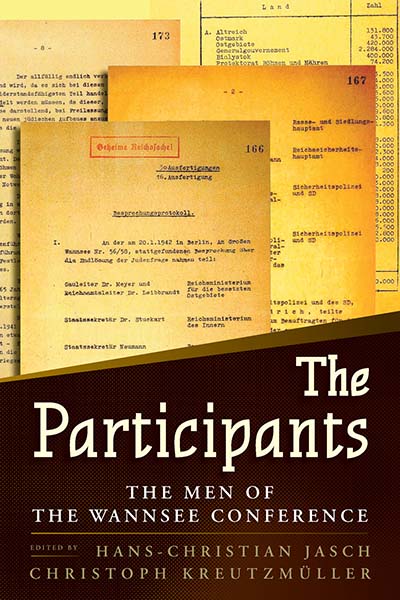 In Paperback
In Paperback
THE PARTICIPANTS
The Men of the Wannsee Conference
Edited by Hans-Christian Jasch and Christoph Kreutzmüller
Translated from the German by Charlotte Kreutzmüller-Hughes and Jane Paulick
Although the Wannsee Conference of January 20, 1942 is today understood as a signal episode in the history of the Holocaust, many of its attendees remain relatively unknown to nonspecialists. Combining accessible prose with scholarly rigor, The Participants presents fascinating profiles of the all-too-human men who implemented some of the most inhuman acts in modern history.
Read Introduction
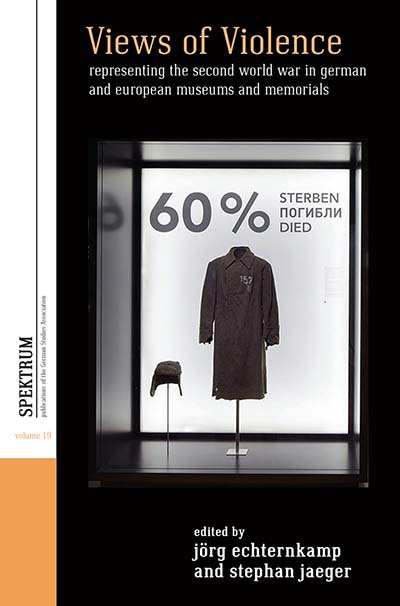 VIEWS OF VIOLENCE
VIEWS OF VIOLENCE
Representing the Second World War in German and European Museums and Memorials
Edited by Jörg Echternkamp and Stephan Jaeger
Afterword by Jay Winter
Volume 19, Spektrum: Publications of the German Studies Association
This volume takes a historical perspective on museums covering the Second World War and explores how these institutions came to define political contexts and cultures of public memory in Germany, across Europe, and throughout the world.
Read Introduction
 New in Paperback
New in Paperback
THE ENEMY ON DISPLAY
The Second World War in Eastern European Museums
Zuzanna Bogumił, Joanna Wawrzyniak, Tim Buchen, Christian Ganzer and Maria Senina
Volume 7, Museums and Collections
Eastern European museums represent traumatic events of World War II, such as the Siege of Leningrad, the Warsaw Uprisings, and the Bombardment of Dresden, in ways that depict the enemy in particular ways. This image results from the interweaving of historical representations, cultural stereotypes and beliefs, political discourses, and the dynamics of exhibition narratives. This book presents a useful methodology for examining museum images and provides a critical analysis of the role historical museums play in the contemporary world. As the catastrophes of World War II still exert an enormous influence on the national identities of Russians, Poles, and Germans, museum exhibits can thus play an important role in this process.
Read Introduction: The Enemy on Display
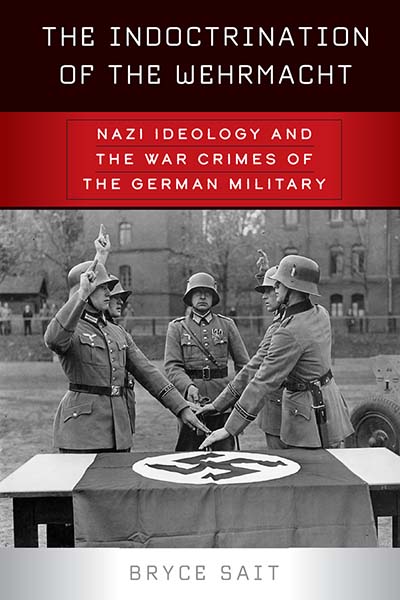 THE INDOCTRINATION OF THE WEHRMACHT
THE INDOCTRINATION OF THE WEHRMACHT
Nazi Ideology and the War Crimes of the German Military
Bryce Sait
Far from the image of an apolitical, “clean” Wehrmacht that persists in popular memory, German soldiers regularly cooperated with organizations like the SS in the abuse and murder of countless individuals. This in-depth study reveals that military indoctrination was but one piece of the larger effort at the socialization of young men during the Nazi era.
Read Introduction
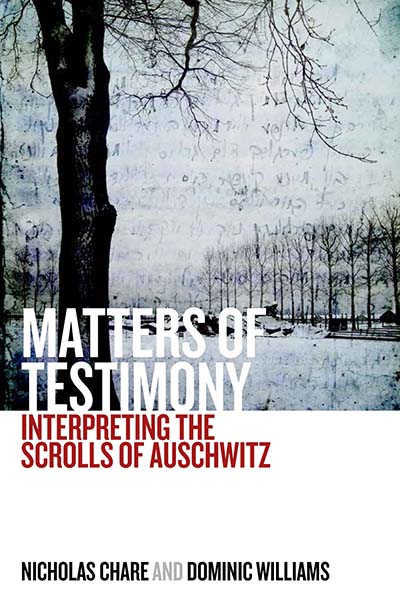 In Paperback
In Paperback
MATTERS OF TESTIMONY
Interpreting the Scrolls of Auschwitz
Nicholas Chare and Dominic Williams
“This is a major book that changes the field. It is a brilliant and original work of superb historical research and profoundly affecting cultural analysis.” · Griselda Pollock, University of Leeds
In 1944, members of the Sonderkommando—the “special squads,” composed almost exclusively of Jewish prisoners, who ensured the smooth operation of the gas chambers and had firsthand knowledge of the extermination process—buried on the grounds of Auschwitz-Birkenau a series of remarkable eyewitness accounts of Nazi genocide. This careful and penetrating study examines anew these “Scrolls of Auschwitz,” which were gradually recovered, in damaged and fragmentary form, in the years following the camp’s liberation. It painstakingly reconstructs their historical context and textual content, revealing complex literary works that resist narrow moral judgment and engage difficult questions about the limits of testimony.
Read Introduction: Matters of Testimony
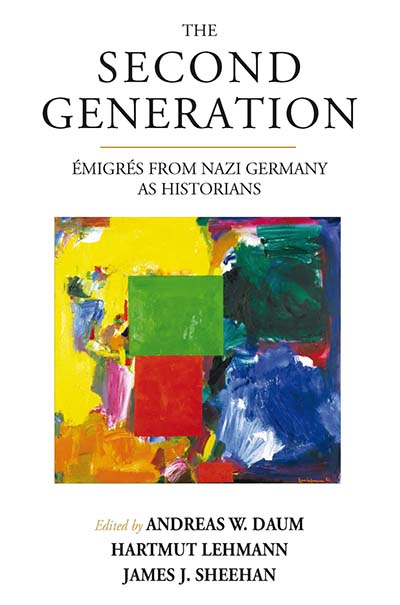 New in Paperback
New in Paperback
THE SECOND GENERATION
Émigrés from Nazi Germany as Historians
With a Biobibliographic Guide
Edited by Andreas W. Daum, Hartmut Lehmann, and James J. Sheehan
Volume 20, Studies in German History
Of the thousands of young people who fled Nazi Germany before World War II, a remarkable number became trained historians. By placing autobiographical testimonies alongside historical and professional analysis, this richly varied collection comprises the first sustained effort to illuminate the role these men and women played in modern historiography.
Read Introduction
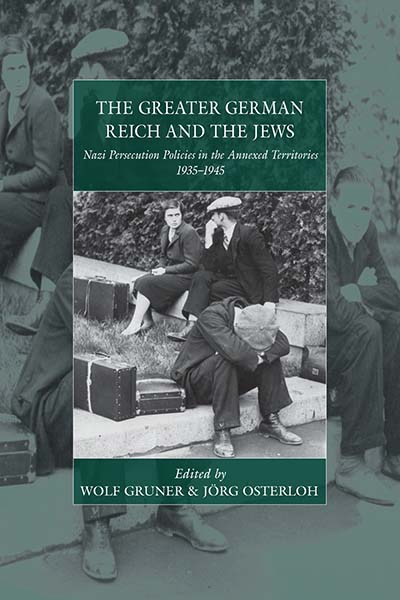 In Paperback
In Paperback
THE GREATER GERMAN REICH AND THE JEWS
Nazi Persecution Policies in the Annexed Territories 1935-1945
Edited by Wolf Gruner and Jörg Osterloh
Between 1935 and 1940, the Nazis incorporated large portions of Europe into the German Reich. The contributors to this volume analyze the evolving anti-Jewish policies in the annexed territories and their impact on the Jewish population, as well as the attitudes and actions of non-Jews, Germans, and indigenous populations.
Read Introduction
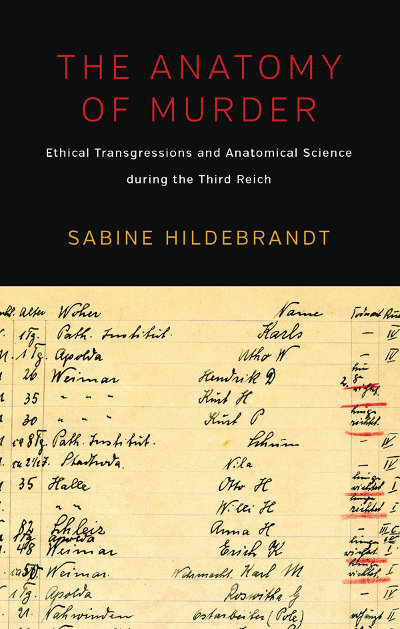 In Paperback
In Paperback
THE ANATOMY OF MURDER
Ethical Transgressions and Anatomical Science during the Third Reich
Sabine Hildebrandt
Foreword by William E. Seidelman
Of the many medical specializations to have been transformed by the rise of National Socialism, anatomy has received little attention. As historian and physician Sabine Hildebrandt reveals, anatomists progressed through gradual stages of ethical transgression; in some cases, the traditional model of working with deceased bodies gave way to experimentation with the “future dead.”
Read Introduction
 In Paperback
In Paperback
VANISHED HISTORY
The Holocaust in Czech and Slovak Historical Culture
Tomas Sniegon
Volume 18, Making Sense of History
“Vanished History represents a major contribution to the field of collective memory and Holocaust studies in the Czech and Slovak republics [and] offers a thoughtful analysis of the Holocaust’s position in Czech and Slovak historical culture during ‘the long 1990s’.” · Judaica Bohemiae
Read Introduction
For a full list of our WWII titles please visit the subject webpage.
Berghahn Journals – Access until May 16
Contributions to the History of Concepts
French Politics, Culture and Society
Historical Reflections
Special Issue: Micro-annihilation. Guest Editor: Dennis Klein (Vol. 39, Issue 2)
Follow US ON SOCIAL MEDIA
For updates on these and other Berghahn titles as well as all other exciting developments from Berghahn Books, ![]() become a Facebook fan, follow us
become a Facebook fan, follow us
on ![]() Tumblr or
Tumblr or ![]() Twitter.
Twitter. ![]() Sign up for our email newsletters to get customized updates on new Berghahn publications.
Sign up for our email newsletters to get customized updates on new Berghahn publications.

